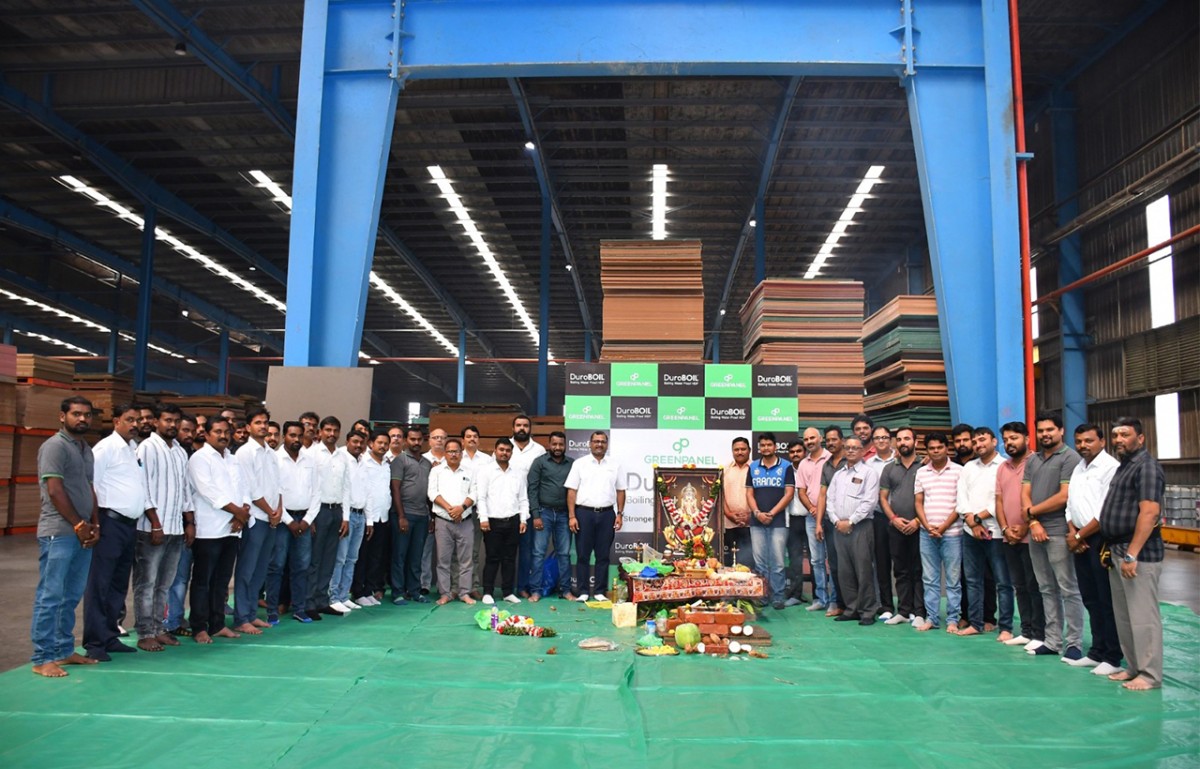Exploring Western Hemlock: Properties, Uses, Sustainability
- April 13, 2024
- By: Editorial Team
- NEWS
.jpeg) Western Hemlock, the predominant wood species along the coast of British Columbia (B.C.), Canada, has evolved into a highly esteemed alternative to hardwoods, experiencing significant demand in both the furniture and interior design industries, as well as among architects. Additionally, it is one of the five wood species provided by Canadian Wood, known for its responsible timber sourcing from sustainably managed forests in British Columbia, Canada.
Western Hemlock, the predominant wood species along the coast of British Columbia (B.C.), Canada, has evolved into a highly esteemed alternative to hardwoods, experiencing significant demand in both the furniture and interior design industries, as well as among architects. Additionally, it is one of the five wood species provided by Canadian Wood, known for its responsible timber sourcing from sustainably managed forests in British Columbia, Canada.
What is it that makes this timber popular?
Originating from the Pacific coastal region of British Columbia, Canada, Western Hemlock is a coniferous species with unique characteristics and qualities that render it a valuable resource across multiple industries. Renowned for its fine grain, uniform texture, and light colour, its lumber is highly prized for its versatility and ease of use.
 With its even density facilitating exceptional machining capabilities and a remarkable strength-to-weight ratio adding to its reputation for superb workability, the wood of Western Hemlock stands out. While demanding careful attention during drying, it yields high-quality results. Its ease of manipulation extends to turning, planning, and shaping, enabling craftsmen to achieve precise finishes effortlessly. Additionally, it showcases good adhesion, moderate nail and screw holding, and a striking polish, enhancing its appeal across various uses.
With its even density facilitating exceptional machining capabilities and a remarkable strength-to-weight ratio adding to its reputation for superb workability, the wood of Western Hemlock stands out. While demanding careful attention during drying, it yields high-quality results. Its ease of manipulation extends to turning, planning, and shaping, enabling craftsmen to achieve precise finishes effortlessly. Additionally, it showcases good adhesion, moderate nail and screw holding, and a striking polish, enhancing its appeal across various uses.
.jpeg) Moreover, it undergoes consistent seasoning in dry kilns, enhancing its strength, stiffness, and resistance to decay and insect damage. These attributes render it a favoured choice for horizontal elements and extended spans, commonly employed in treated railway ties. In construction, Hemlock is highly desired for its durability, stability, and resistance to decay, making it well-suited for framing, flooring, and sliding uses.
Moreover, it undergoes consistent seasoning in dry kilns, enhancing its strength, stiffness, and resistance to decay and insect damage. These attributes render it a favoured choice for horizontal elements and extended spans, commonly employed in treated railway ties. In construction, Hemlock is highly desired for its durability, stability, and resistance to decay, making it well-suited for framing, flooring, and sliding uses.
.jpeg) The popularity and practical applications of Hemlock vary across different regions. In India, it's commonly suggested for furniture, solid doors, finger joint doorframes, and interior purposes. Conversely, in Japan, it's favoured for laminating stock and crafting glue-laminated beams. Its versatility extends beyond structural uses to interior woodworking, where it excels in creating mouldings and decorative elements.
The popularity and practical applications of Hemlock vary across different regions. In India, it's commonly suggested for furniture, solid doors, finger joint doorframes, and interior purposes. Conversely, in Japan, it's favoured for laminating stock and crafting glue-laminated beams. Its versatility extends beyond structural uses to interior woodworking, where it excels in creating mouldings and decorative elements.
While Hemlock holds significant commercial value, sustaining its forests in Canada relies on implementing responsible forestry practices. This involves employing techniques such as selective logging, reforestation, and habitat preservation to ensure ecological balance and protect biodiversity for the long term.
.jpeg) By adopting these sustainable forestry practices, Canada's hemlock forests can thrive, offering valuable resources while safeguarding ecosystem integrity for future generations.
By adopting these sustainable forestry practices, Canada's hemlock forests can thrive, offering valuable resources while safeguarding ecosystem integrity for future generations.
FII India is a crown corporation of the government of British Columbia (B.C.), the western most province of Canada. Its mandate is to promote wood products from B.C. Canada in the offshore markets and to position it as a global supplier of quality, environmentally responsible wood products from sustainably managed forests by creating awareness, sustainable living practices, spreading education through information and technical support on the wide variety of timber products available from B.C. Canada. Its brand/logo Canadian Wood was established in 2013 to reach out to the ease of understanding of its activities by its target audience globally.
Building Material Reporter believes in serving the best! Stay tuned with us for more ideas and news updates related to home decor, design, new projects, architecture and construction materials in the industry.








